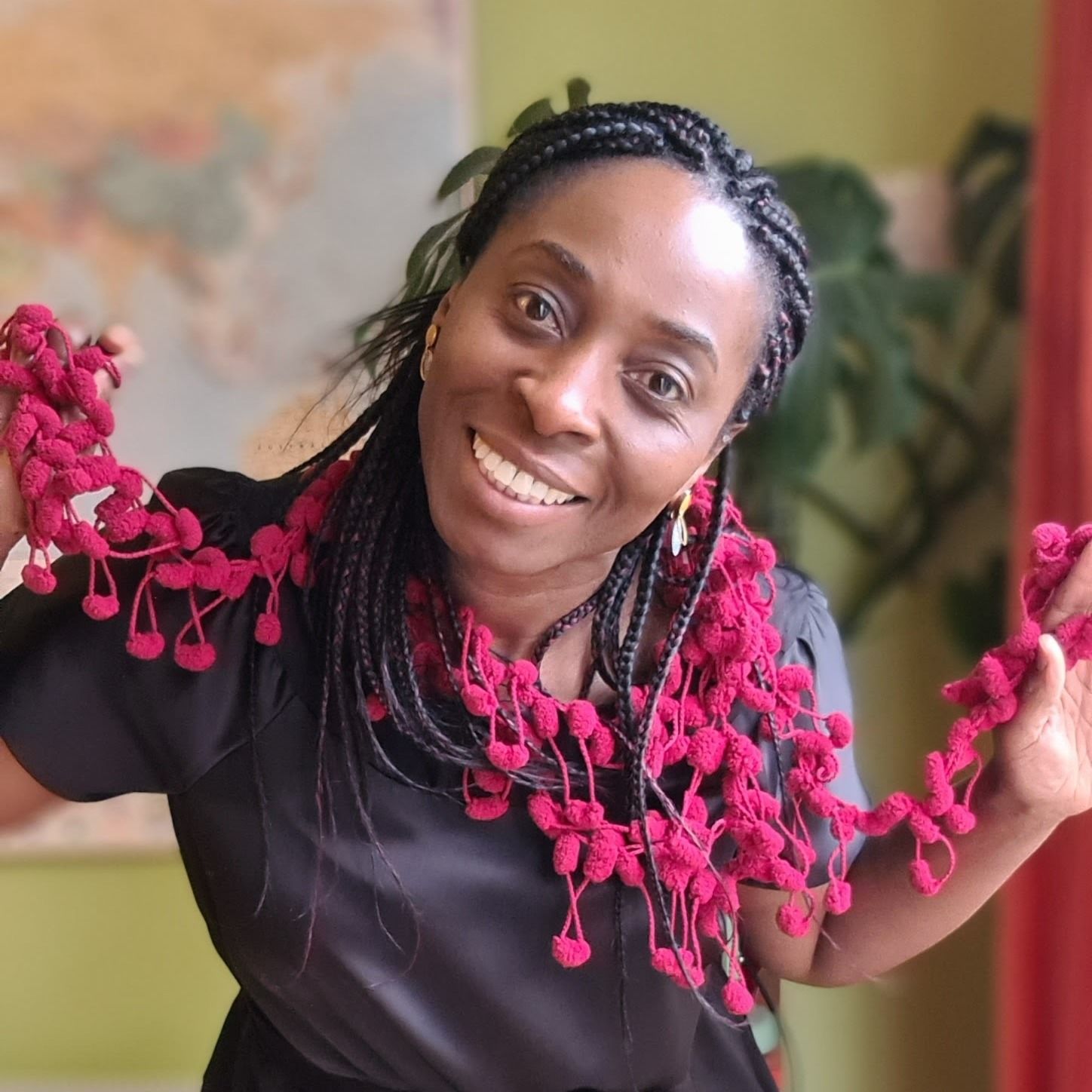Registration info: KINDRED SPIRITS: AN AFRICAN AMERICAN QUILTERS CONVERGENCE, June 15-17, 2023, Durham, NC
Sign up for the Black Women Stitch quarterly newsletter! Check out our merch too!
Leave a BACKSTITCH message and tell us about your favorite episode.
Join the Black Women Stitch Patreon
Black Women Stitch 2023 Wall Calendar
PREORDER YOUR AFRICAN STRETCH FABRICS BY TUESDAY, MAY 23!
Danielle Pierce
In addition to her work as a designer, Danielle Pierce is the proprietor of African Stretch Fabrics, a small business that delivers big impact designs and fabrics. For the first time ever, Danielle is offering COTTON LYCRA (which just sew happens to be Lisa's favorite apparel knit fabric). This is a TEST run to see how sell the fabric sells. So get it while you can!
Lisa Woolfork
Lisa Woolfork is an associate professor of English specializing in African American literature and culture. Her teaching and research explore Black women writers, Black identity, trauma theory, and American slavery. She is the founder of Black Women Stitch, the sewing group where Black lives matter. She is also the host/producer of Stitch Please, a weekly audio podcast that centers on Black women, girls, and femmes in sewing. In the summer of 2017, she actively resisted the white supremacist marches in her community, Charlottesville, Virginia. The city became a symbol of lethal resurging white supremacist violence. She remains active in a variety of university and community initiatives, including the Community Engaged Scholars program. She believes in the power of creative liberation.
From the episode
- Danielle's parents' love story began at her grandfather's tailor shop when her mother applied for a seamstress job and met her father, adding a touch of romance to the family's sewing legacy.
- A black-and-white picture from 1968 captures a protest outside Danielle's grandfather's tailor shop on Main Street in Memphis, symbolizing the shop's significance as a gathering place for black people and their fight for justice.
- The resilience and determination passed down through generations, as Danielle's family overcame challenges and established themselves in the world of sewing, leaving a lasting legacy.
- The connection between sewing, creativity, and personal expression, highlighting the transformative potential of this craft in shaping individuals' identities and narratives.
Stay Connected:
Lisa Woolfork
Instagram: Lisa Woolfork
Twitter: Lisa Woolfork
Danielle Pierce
Sign up for the Black Women Stitch quarterly newsletter
Check out our merch here
Leave a BACKSTITCH message and tell us about your favorite episode.
Join the Black Women Stitch Patreon
Check out our Amazon Store
Stay Connected:
YouTube: Black Women Stitch
Instagram: Black Women Stitch
Facebook: Stitch Please Podcast




